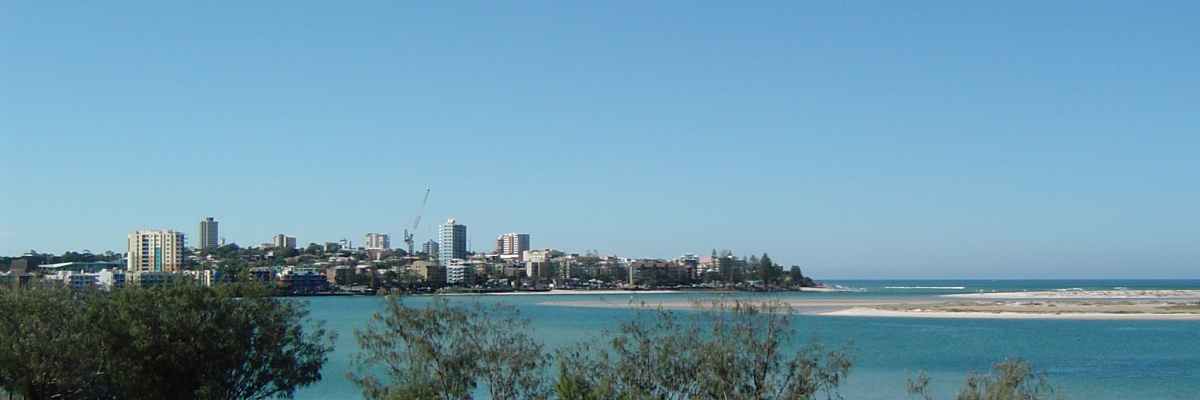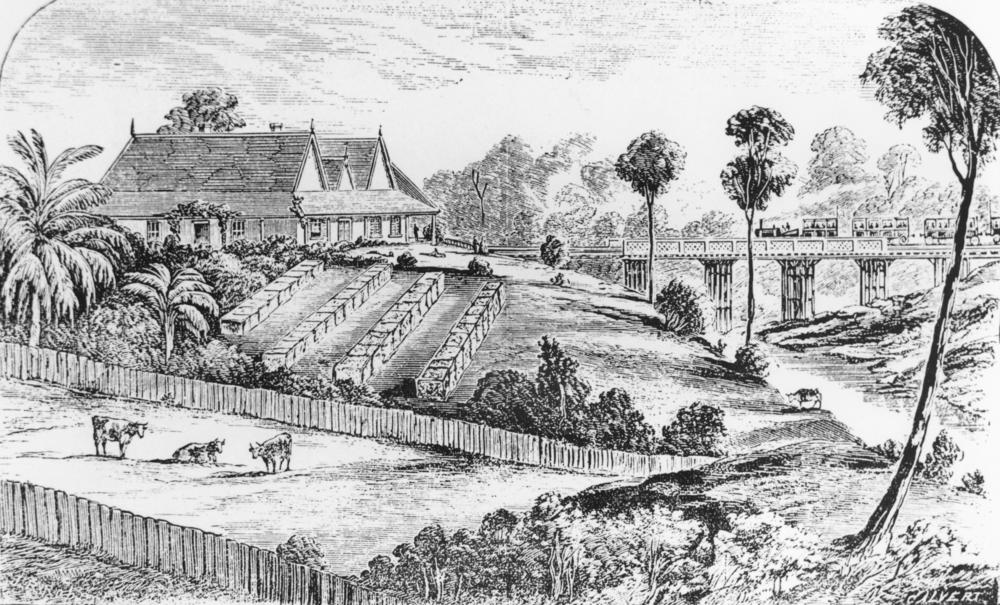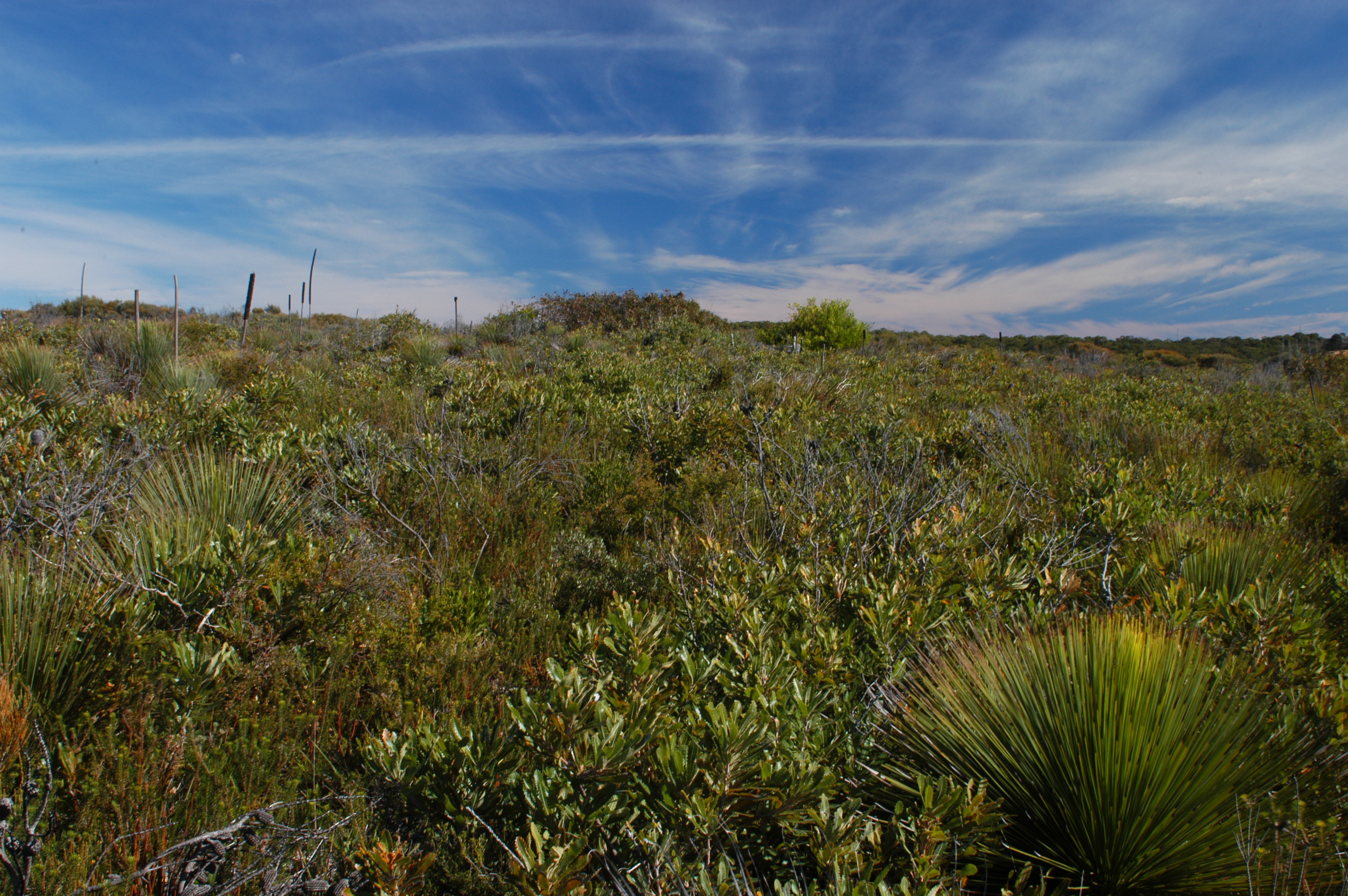|
Zieria Exsul
''Zieria exsul'' is a plant in the citrus family Rutaceae and is endemic to a small area of southeast Queensland. It is an open, straggly shrub with hairy branches, three-part leaves and white flowers in groups of up to twelve, the groups longer than the leaves and each flower with four petals and four stamens. Description ''Zieria exsul'' is an open, weak, straggly shrub which grows to a height of and has relatively smooth but hairy branches. The three-part leaves have a petiole long and a central leaflet which is egg-shaped, long, wide with the other two leaflets slightly smaller. The upper surface of the leaf is slightly hairy but the lower surface is densely hairy with woolly, star-shaped hairs. The flowers are white and are arranged singly or in groups of up to twelve in leaf axils on a mostly glabrous stalk long, the groups longer than the leaves. The sepals are more or less triangular, about long and wide and the four petals are elliptic in shape, about long ... [...More Info...] [...Related Items...] OR: [Wikipedia] [Google] [Baidu] |
Duretto
Marco Duretto (born 1964) is a manager and senior research scientist at the Royal Botanic Gardens Sydney in Australia. His primary research interests are systematics and conservation of Rutaceae, Rubiaceae, Orchidaceae, Stylidiaceae and evolution of Australasian flora. Duretto's projects have included "Phylogeny and biogeography of ''Boronia'' (Rutaceae)", "Mutual pollination system involving ''Boronia'' (Rutaceae) and moths of the Heliozelidae", "A molecular and morphological phylogeny of the ''Phebalium'' Group (Rutaceae)", and "East coast species limits in ''Stylidium''". Marco Duretto was previously a research scientist with the University of Tasmania. Standard author abbreviation Selected published names *''Asterolasia exasperata'' Phillipa Alvarez, P.R.Alvarez & Duretto *''Asterolasia sola'' Duretto & Phillipa Alvarez, P.R.Alvarez *''Boronia amplectens'' Duretto *''Cyanothamnus acanthocladus'' (Paul Graham Wilson, PaulG.Wilson)Duretto & Heslewood *''Drummondita boreali ... [...More Info...] [...Related Items...] OR: [Wikipedia] [Google] [Baidu] |
Caloundra
Caloundra ( ) is a coastal town and the southernmost town in the Sunshine Coast Region in South East Queensland, Australia. Geography Caloundra is north of the Brisbane central business district. Caloundra is accessible from Landsborough railway station, 21 km away, and the Caloundra bus station. Bribie Island North is located across the Pumicestone Passage. Caloundra marks the coastal, northern extent of the Moreton Bay Marine Park. History Caloundra lies within the Aboriginal Gubbi Gubbi (Kabi Kabi, Cabbee, Carbi, Gabi Gabi) language region. The name ''Caloundra'' is from the Gubbi Gubbi language ''Cullowundoor'' with ''Kal Owen'' meaning 'beech tree' (''Gmelina leichhardtii'') and ''Dha'' meaning 'place'. Caloundra Head was previously known as Petrie Point and Point Wickham (or Wickham Point). Point Wickham takes its name from John Clements Wickham, who did a hydrographic survey of the northern section of Moreton Bay in 1846 and was later the Government Resident o ... [...More Info...] [...Related Items...] OR: [Wikipedia] [Google] [Baidu] |
Taxa Named By Marco Duretto
In biology, a taxon (back-formation from ''taxonomy''; plural taxa) is a group of one or more populations of an organism or organisms seen by taxonomists to form a unit. Although neither is required, a taxon is usually known by a particular name and given a particular ranking, especially if and when it is accepted or becomes established. It is very common, however, for taxonomists to remain at odds over what belongs to a taxon and the criteria used for inclusion. If a taxon is given a formal scientific name, its use is then governed by one of the nomenclature codes specifying which scientific name is correct for a particular grouping. Initial attempts at classifying and ordering organisms (plants and animals) were set forth in Carl Linnaeus's system in ''Systema Naturae'', 10th edition (1758), as well as an unpublished work by Bernard and Antoine Laurent de Jussieu. The idea of a unit-based system of biological classification was first made widely available in 1805 in the intro ... [...More Info...] [...Related Items...] OR: [Wikipedia] [Google] [Baidu] |
Flora Of Queensland
Flora is all the plant life present in a particular region or time, generally the naturally occurring (indigenous) native plants. Sometimes bacteria and fungi are also referred to as flora, as in the terms '' gut flora'' or '' skin flora''. Etymology The word "flora" comes from the Latin name of Flora, the goddess of plants, flowers, and fertility in Roman mythology. The technical term "flora" is then derived from a metonymy of this goddess at the end of the sixteenth century. It was first used in poetry to denote the natural vegetation of an area, but soon also assumed the meaning of a work cataloguing such vegetation. Moreover, "Flora" was used to refer to the flowers of an artificial garden in the seventeenth century. The distinction between vegetation (the general appearance of a community) and flora (the taxonomic composition of a community) was first made by Jules Thurmann (1849). Prior to this, the two terms were used indiscriminately.Thurmann, J. (1849). ''Essai de ... [...More Info...] [...Related Items...] OR: [Wikipedia] [Google] [Baidu] |
Sapindales Of Australia
Sapindales is an order of flowering plants. Well-known members of Sapindales include citrus; maples, horse-chestnuts, lychees and rambutans; mangos and cashews; frankincense and myrrh; mahogany and neem. The APG III system of 2009 includes it in the clade malvids (in rosids, in eudicots) with the following nine families: *Anacardiaceae *Biebersteiniaceae *Burseraceae *Kirkiaceae *Meliaceae *Nitrariaceae (including Peganaceae and Tetradiclidaceae) *Rutaceae *Sapindaceae *Simaroubaceae The APG II system of 2003 allowed the optional segregation of families now included in the Nitrariaceae. In the classification system of Dahlgren the Rutaceae were placed in the order Rutales, in the superorder Rutiflorae (also called Rutanae). The Cronquist system of 1981 used a somewhat different circumscription, including the following families: *Staphyleaceae *Melianthaceae * Bretschneideraceae *Akaniaceae *Sapindaceae *Hippocastanaceae *Aceraceae *Burseraceae *Anacardiaceae *Julianiaceae ... [...More Info...] [...Related Items...] OR: [Wikipedia] [Google] [Baidu] |
Zieria
''Zieria'' is a genus of plants in the family, Rutaceae. About sixty species have been formally described, all of which are endemic to Australia except for one species which is found in New Caledonia. They occur in all Australian states except Western Australia but the genus is under review and a number of species are yet to be described or the description published. Zierias are similar to the better known genus ''Boronia'' but can be distinguished by the number of stamens in the flowers. The name ''Zieria'' honours the Polish botanist John Zier. Description Plants in the genus ''Zieria'' are shrubs or small trees. The leaves are arranged in opposite pairs and are usually compound with three leaflets similar in shape but the middle leaflet slightly larger. The flowers are arranged in groups in the leaf axils and have four fused sepals and four petals alternating with the sepals. There are four stamens (eight in ''Boronia'') and four carpels with their styles fused. The fruit h ... [...More Info...] [...Related Items...] OR: [Wikipedia] [Google] [Baidu] |
Nature Conservation Act 1992
The ''Nature Conservation Act 1992'' is an act of the Parliament of Queensland, Australia, that, together with subordinate legislation, provides for the legislative protection of Queensland's threatened biota. As originally published, it provided for biota to be declared ''presumed extinct'', ''endangered'', ''vulnerable'', ''rare'' or ''common''. In 2004 the act was amended to more closely align with the IUCN Red List categories: ''presumed extinct'' was changed to ''extinct in the wild'' and ''common'' was changed to ''least concern''. ''Near threatened'' was introduced as an eventual replacement for ''rare'', but the latter was to be phased out over time rather than immediately abandoned. The act is administered by the state's Environmental Protection Agency (EPA). There are provisions under the act which allow landholders to negotiate voluntary conservation agreements with the EPA. New regulations came into effect on 22 August 2020: Text may have been copied from this s ... [...More Info...] [...Related Items...] OR: [Wikipedia] [Google] [Baidu] |
IBRA
The Interim Biogeographic Regionalisation for Australia (IBRA) is a biogeographic regionalisation of Australia developed by the Australian government's Department of Sustainability, Environment, Water, Population, and Communities. It was developed for use as a planning tool, for example for the establishment of a national reserve system. The first version of IBRA was developed in 1993–94 and published in 1995. Within the broadest scale, Australia is a major part of the Australasia biogeographic realm, as developed by the World Wide Fund for Nature. Based on this system, the world is also split into 14 terrestrial habitats, of which eight are shared by Australia. The Australian land mass is divided into 89 bioregions and 419 subregions. Each region is a land area made up of a group of interacting ecosystems that are repeated in similar form across the landscape. IBRA is updated periodically based on new data, mapping improvements, and review of the existing scheme. The most ... [...More Info...] [...Related Items...] OR: [Wikipedia] [Google] [Baidu] |
South East Queensland
South East Queensland (SEQ) is a bio-geographical, metropolitan, political and administrative region of the state of Queensland in Australia, with a population of approximately 3.8 million people out of the state's population of 5.1 million. The area covered by South East Queensland varies, depending on the definition of the region, though it tends to include Queensland's three largest cities: the capital city Brisbane; the Gold Coast; and the Sunshine Coast. Its most common use is for political purposes, and covers and incorporates 11 local government areas, extending from Noosa in the north to the Gold Coast and New South Wales border in the south (some sources include Tweed Heads, New South Wales which is contiguous as an urban area with Brisbane/Gold Coast), and west to Toowoomba (which is simultaneously considered part of the Darling Downs region). South East Queensland was the first part of Queensland to be settled and explored by Europeans. Settlements initially aro ... [...More Info...] [...Related Items...] OR: [Wikipedia] [Google] [Baidu] |
Buderim
Buderim ( ) is an urban centre on the Sunshine Coast, Queensland, Australia. It sits on a mountain which overlooks the southern Sunshine Coast communities. In the , the urban area of Buderim had a population of 54,483. The name "Buderim" is usually believed to be derived from a local Kabi Kabi Aboriginal word for the hairpin honeysuckle, (Badderam) '' Banksia spinulosa var. collina''. However, as the environment on the mountain before British occupation was one of dense rainforest not Banksia heath, the name may have come from the Yugambeh word ''budherahm'' meaning sacred or spiritual. Geography The town of Buderim is not strictly bounded, but as at the 2011 census the Australian Bureau of Statistics classifies Buderim based on the boundaries of the following suburbs: *Buderim * Kunda Park *Mons *Mountain Creek * Sippy Downs * Tanawha Historically, until the 2001 census, a section of Buderim within about of Sunshine Motorway, as well as Mountain Creek, were considere ... [...More Info...] [...Related Items...] OR: [Wikipedia] [Google] [Baidu] |
Wallum
Wallum, or wallum country, is an Australian ecosystem of coastal south-east Queensland, extending into north-eastern New South Wales. It is characterised by flora-rich shrubland and heathland on deep, nutrient-poor, acidic, sandy soils, and regular wildfire. Seasonal changes in the water table due to rainfall may create swamps. The name is derived from the Kabi word for the wallum banksia (''Banksia aemula''). Threats Wallum, as with other coastal ecosystems, is highly threatened by the pressure for coastal development. Threats include clearing of land for residential development and pine plantations, alterations to drainage from adjacent developments, nutrients from fertilizers, changes in fire frequency, pollution from mosquito control sprays, and the introduction of weeds. Species endemic to wallum include some acid frogs – frogs adapted to living and breeding in acidic waters – such as the wallum froglet (''Crinia tinnula''), wallum rocket frog (''Litoria freycine ... [...More Info...] [...Related Items...] OR: [Wikipedia] [Google] [Baidu] |
Latin
Latin (, or , ) is a classical language belonging to the Italic branch of the Indo-European languages. Latin was originally a dialect spoken in the lower Tiber area (then known as Latium) around present-day Rome, but through the power of the Roman Republic it became the dominant language in the Italian region and subsequently throughout the Roman Empire. Even after the fall of Western Rome, Latin remained the common language of international communication, science, scholarship and academia in Europe until well into the 18th century, when other regional vernaculars (including its own descendants, the Romance languages) supplanted it in common academic and political usage, and it eventually became a dead language in the modern linguistic definition. Latin is a highly inflected language, with three distinct genders (masculine, feminine, and neuter), six or seven noun cases (nominative, accusative, genitive, dative, ablative, and vocative), five declensions, four verb conjuga ... [...More Info...] [...Related Items...] OR: [Wikipedia] [Google] [Baidu] |









